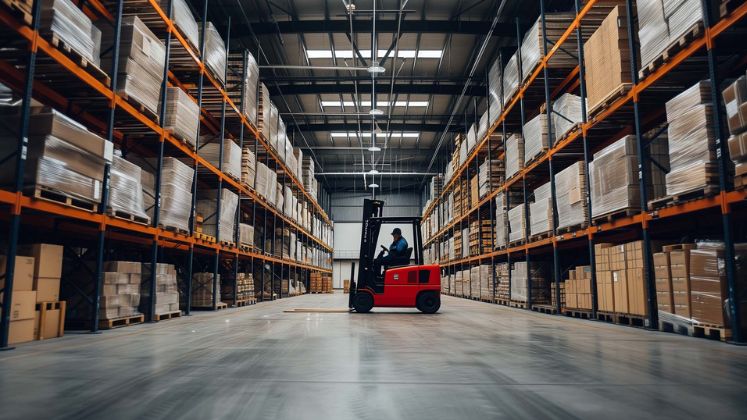
India’s online retailers are facing serious logistics constraints as the peak festive season approaches, despite expectations of record sales this year. Representatives from major marketplaces like Amazon, Flipkart and Meesho project near-doubling of sales year-on-year, but capacity expansions in warehousing and last-mile delivery are struggling to keep pace with rising demand.
According to e-commerce consulting firm Datum Intelligence, the gross merchandise value (GMV) of this year’s festive season sales is expected to rise by about 26% to Rs. 1.2 lakh crore (approx. US $ 14.4 billion) from Rs. 94,800 crore (approx. US $ 11.4 billion) in the same period last year. This rate of growth would significantly exceed the 17% increase recorded in 2024.
Industry executives noted that delivery slots in warehouses for September sale events had already started becoming unavailable by June or July — an unusually early saturation that signals possible bottlenecks ahead of Diwali. This has pushed marketplaces, many of which have been building in-house logistics capabilities, to seek additional capacity from third-party logistics (3PL) providers. However, the 3PL sector itself is undergoing consolidation, limiting the supply of reliable slots.
A senior e-commerce executive, speaking on condition of anonymity, said marketplaces had reached out to 3PL firms such as Delhivery and Blue Dart for extra capacity. The executive added that while in-house logistics arms had also expanded ahead of the festive season, indicators pointed to very high demand. The executive also suggested that many consumers had delayed buying certain items (notably electronics) awaiting the government’s planned GST changes and lower prices.
A spokesperson for Delhivery said the logistics firm had redefined its preparation strategy, aiming to build operational foundations strong enough to absorb volume surges while maintaining service quality. The spokesperson noted that the festive season always presents challenges, but said Delhivery had adapted by investing in consistency across its fulfilment network, from regular days to peak shopping periods.
In comparison, last year Delhivery added temporary capacity roughly 2-3% of its infrastructure (then about 19-20 million square feet). This year, insiders expect the temporary increase to be in the range of 3-5%.
Amazon India’s vice president of categories, Saurabh Srivastava, said the company had in recent months strengthened its operations network with investment of Rs. 2,000 crore (approx. US $ 240 million), adding new fulfilment centres, sortation centres and over 75 delivery stations, particularly targeting Tier-2 and 3 cities to improve delivery reliability and speed.
Logistics providers also suggested that platforms expanding in-house delivery arms had partly caused the supply crunch, reducing business for independent 3PLs, and that capacity lost in earlier years was hard to regain quickly.






